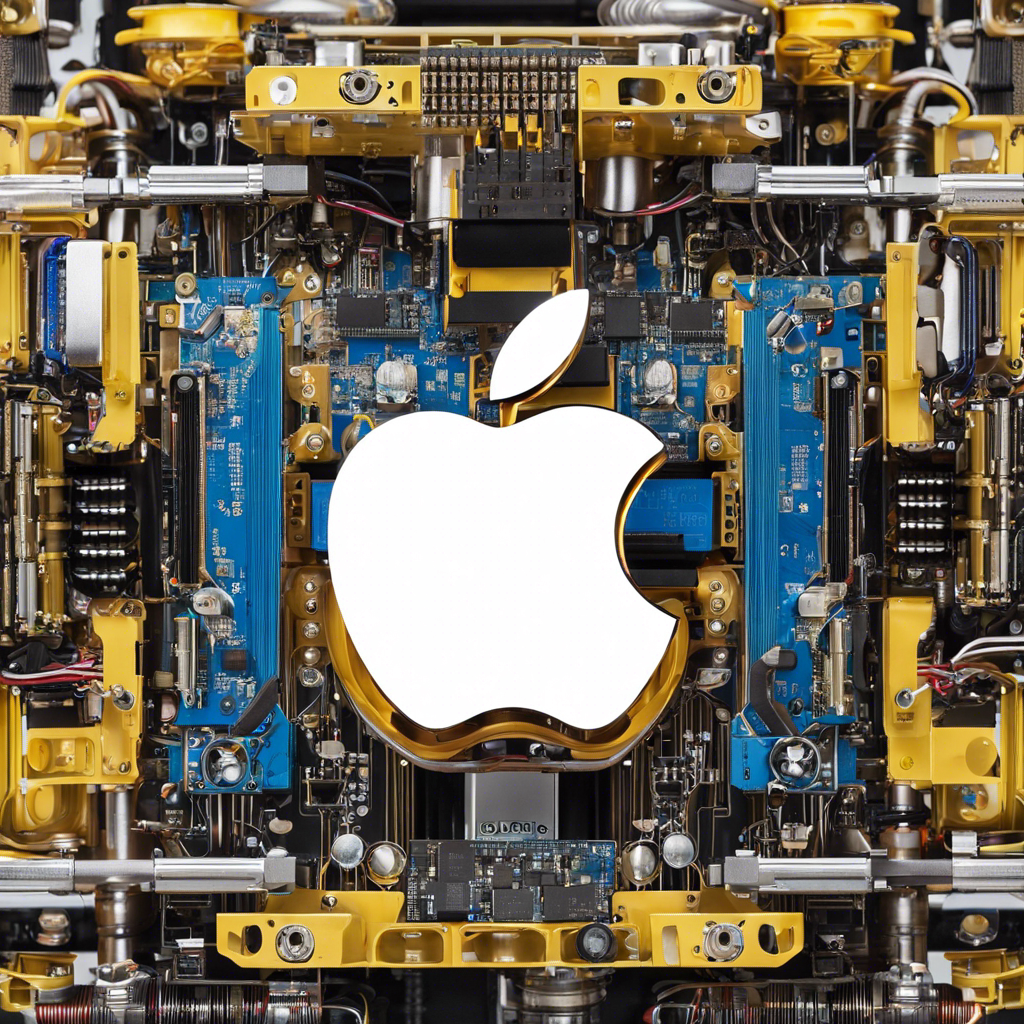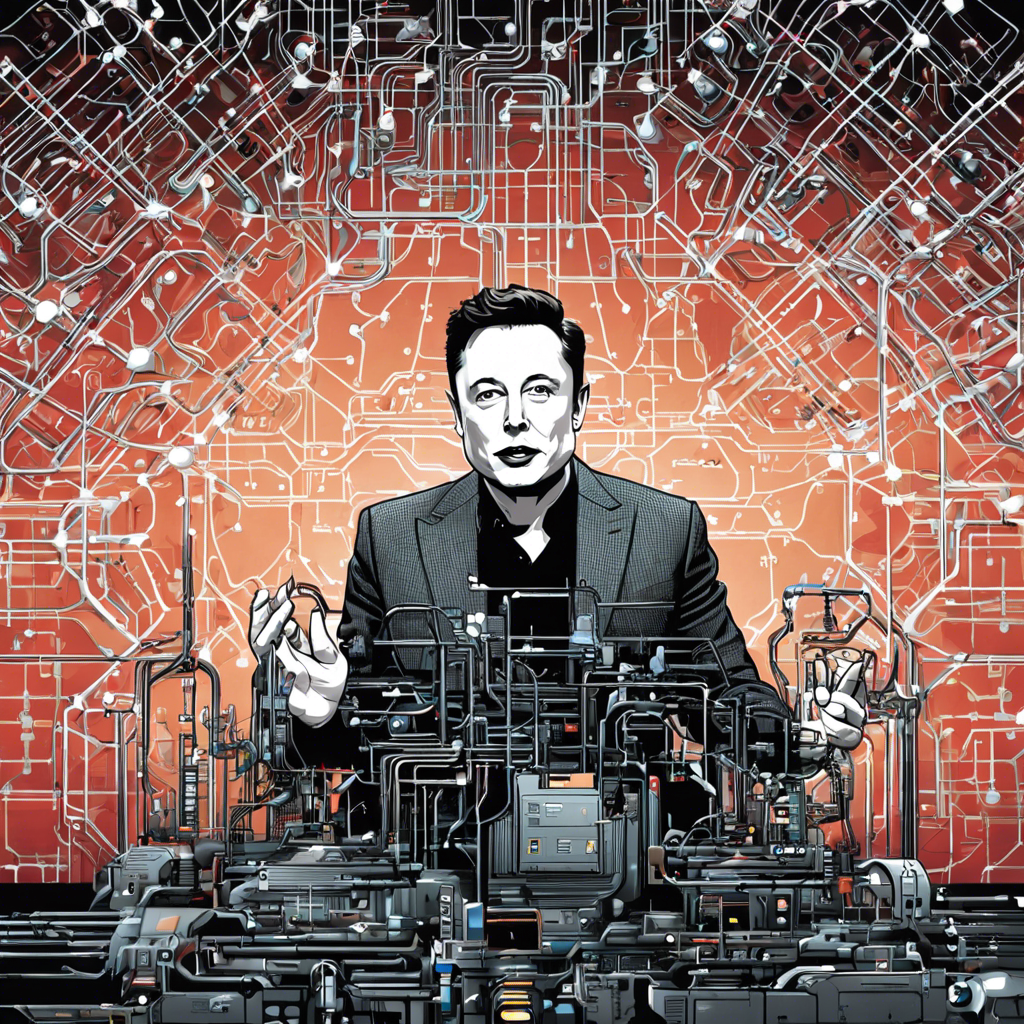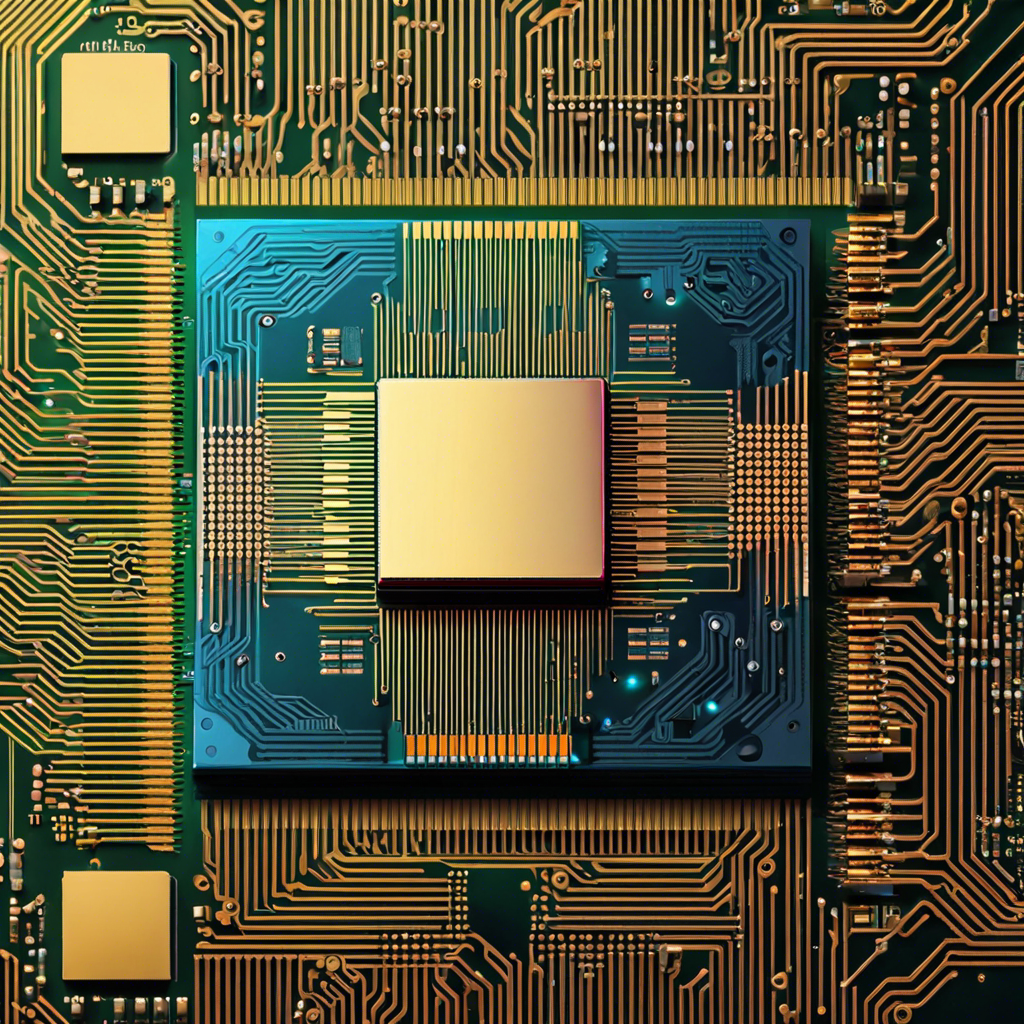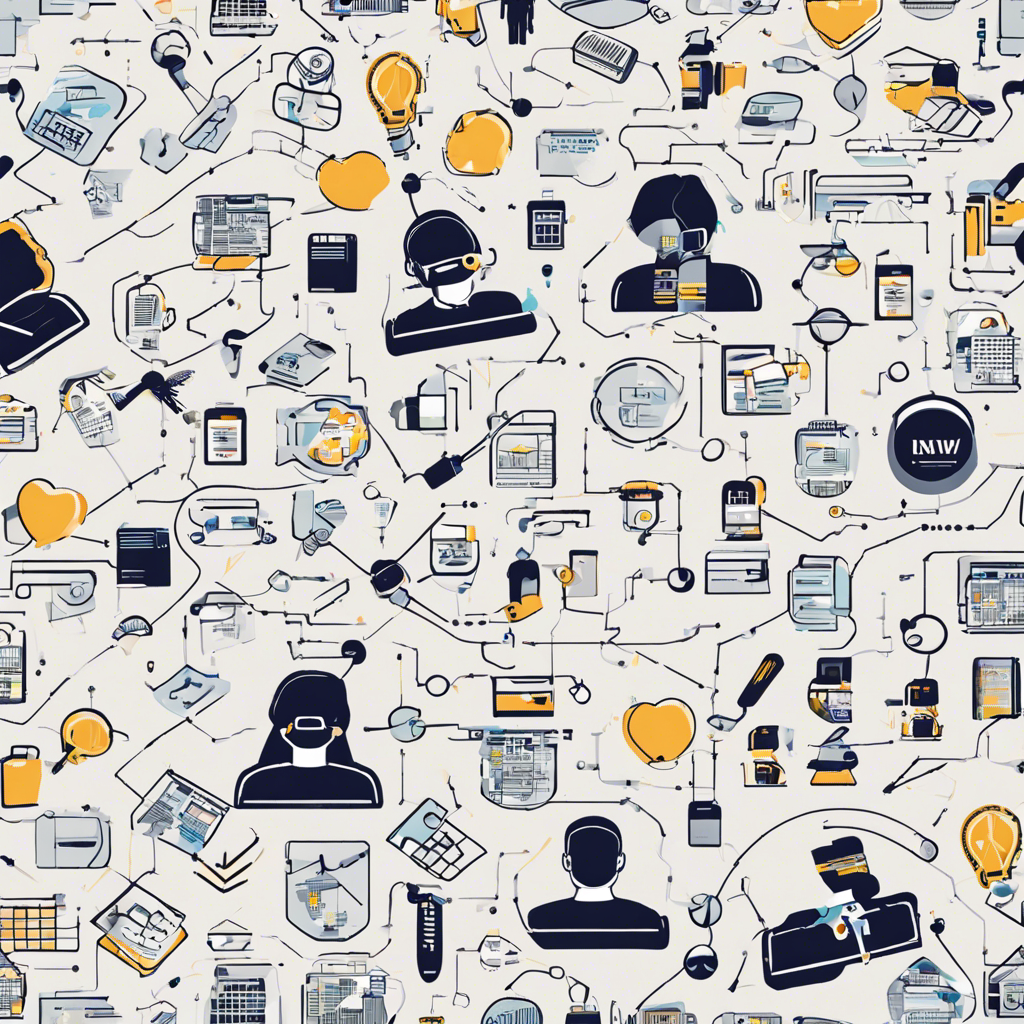The possibility of Apple incorporating Google’s AI engine into its smartphones is an exciting development that could have major implications for both companies and the tech industry as a whole. For years, Apple has prided itself on offering a secure, private, and tightly-integrated ecosystem to its users, with a focus on data privacy and security.
However, the potential deal with Google, which is reportedly being considered, could see Apple adopt Google’s powerful AI engine to improve the performance of its devices. While this may seem like a simple partnership, it could be a ‘very big deal’ for several reasons.
Firstly, it could lead to improved performance and capabilities for Apple devices. Google’s AI engine is widely considered to be one of the most powerful and advanced in the world, and its integration into Apple’s ecosystem could lead to improved accuracy and speed of certain tasks, such as voice recognition and virtual assistance.
Secondly, it could also be an indicator that Apple is shifting its focus and philosophy towards a more open approach to its software and hardware. The potential deal could represent a significant departure from Apple’s traditional stance on data privacy and security, and signal a new willingness to work with other major tech companies to improve its offerings.
The impact of this potential partnership could also be felt beyond the two companies. It could potentially lead to greater collaboration and innovation in the tech industry, with other companies following suit and working together to improve the overall user experience.
While this is certainly an intriguing development, we must remember that it is still only a consideration and there is no guarantee that a deal will be struck. However, the mere possibility of this collaboration is an exciting prospect and a potential indicator of things to come in the tech industry.
For now, we await any further developments with bated breath, as this potential partnership has the potential to shape the future of the industry and the user experience.





